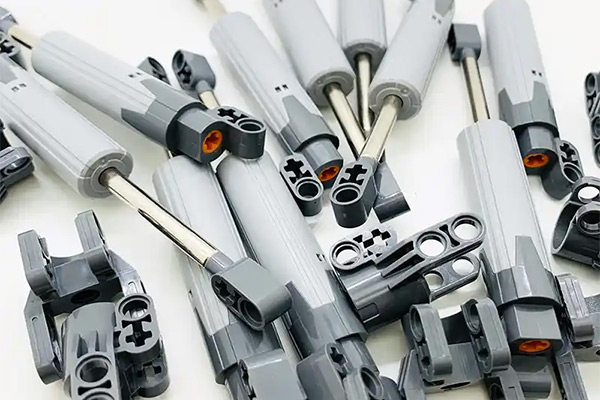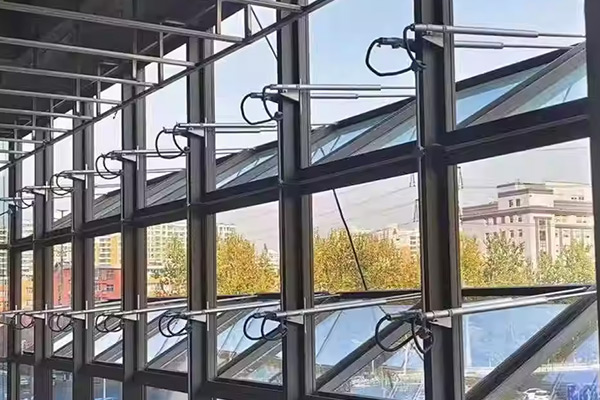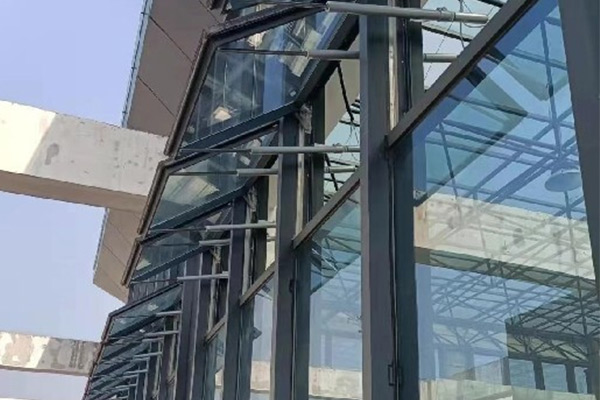Track Linear Actuator vs. Rod Actuator: Which is Right for You?
Linear actuators are essential components in countless automation and motion control systems, converting rotary motion into linear push-pull movements. When selecting a linear actuator, two primary types often come to mind: track linear actuators (also known as slide or table actuators) and rod actuators. While both achieve linear motion, their designs and operational characteristics make them suitable for different applications. Understanding their distinctions is crucial for choosing the right one for your project.
Understanding Rod Actuators
Rod actuators are perhaps the most common type of linear actuator. They feature a pushing or pulling rod that extends and retracts from the actuator body.
Key Characteristics:
Compact Design (for their stroke length): The motor and gearbox are typically integrated inline with or parallel to the rod, making them relatively compact in one dimension.
Simple Mounting: Often mounted at one end, allowing the rod to extend freely.
High Force-to-Size Ratio: Can deliver significant force for their overall footprint.
Potential for Buckling: For long strokes and high compressive loads, the unsupported rod can be susceptible to buckling if not properly guided.
Vulnerability to Contaminants: The exposed rod can be vulnerable to dust, dirt, and other contaminants, which might require protective bellows or seals in harsh environments.
Common Applications:
Opening and closing vents or valves.
Adjusting seating positions.
Lifting and lowering platforms or equipment.
Industrial machinery where simple push-pull motion is needed.
Understanding Track Linear Actuators
Track linear actuators, also known as slide or table actuators, differ significantly in their design. Instead of an extending rod, they feature a moving carriage or saddle that travels along a fixed track or rail.
Key Characteristics:
Integrated Guidance: The carriage is supported by the actuator body and internal bearings, providing inherent guidance and resistance to off-center loads.
Excellent Load Bearing: Can handle significant moments (cantilevered loads) and side loads without external guidance, reducing the need for additional support structures.
Fixed Length: The overall length of the actuator remains constant regardless of the carriage position, which can be advantageous in space-constrained applications where an extending rod is problematic.
Clean Operation: The moving parts are often enclosed within the track, offering better protection against contaminants and a cleaner aesthetic.
Often More Complex and Costly: The integrated guidance system and enclosed design can make them more expensive than comparable rod actuators.
Common Applications:
Precision positioning systems (e.g., in robotics, CNC machines).
Scanning and inspection equipment.
Automated dispensing systems.
Material handling and conveying.
Door and gate automation where a non-extending profile is desired.
Which is Right for You?
The choice between a track linear actuator and a rod actuator boils down to the specific requirements of your application. Consider the following factors:
Load Type and Support:
If your application involves pure axial pushing or pulling with minimal side loads or requires external guiding for the load, a rod actuator might be sufficient and more cost-effective.
If you need to handle significant cantilevered loads, side loads, or moments without external support, a track linear actuator is the superior choice due to its integrated guiding system.
Space Constraints:
If the overall length of the actuator must remain constant regardless of the stroke position, a track linear actuator is ideal.
If you have space for an extending rod and prioritize a compact initial footprint, a rod actuator might be better.
Environment:
For dirty, dusty, or harsh environments, the enclosed design of many track linear actuators offers better protection.
Rod actuators may require additional protective measures (like bellows) in such conditions.
Precision and Repeatability:
Both types can offer good precision, but the inherent rigidity and integrated guiding of track linear actuators often lead to higher precision and repeatability, especially under varying loads.
Cost:
Generally, rod actuators are more budget-friendly for simple push-pull applications.
Track linear actuators typically represent a higher upfront investment but can save costs by eliminating the need for external guiding mechanisms.
Conclusion
Both track linear actuators and rod actuators are invaluable tools for creating linear motion. By carefully assessing your application's load requirements, space limitations, environmental conditions, and budget, you can confidently select the actuator type that will deliver optimal performance and longevity for your system.





